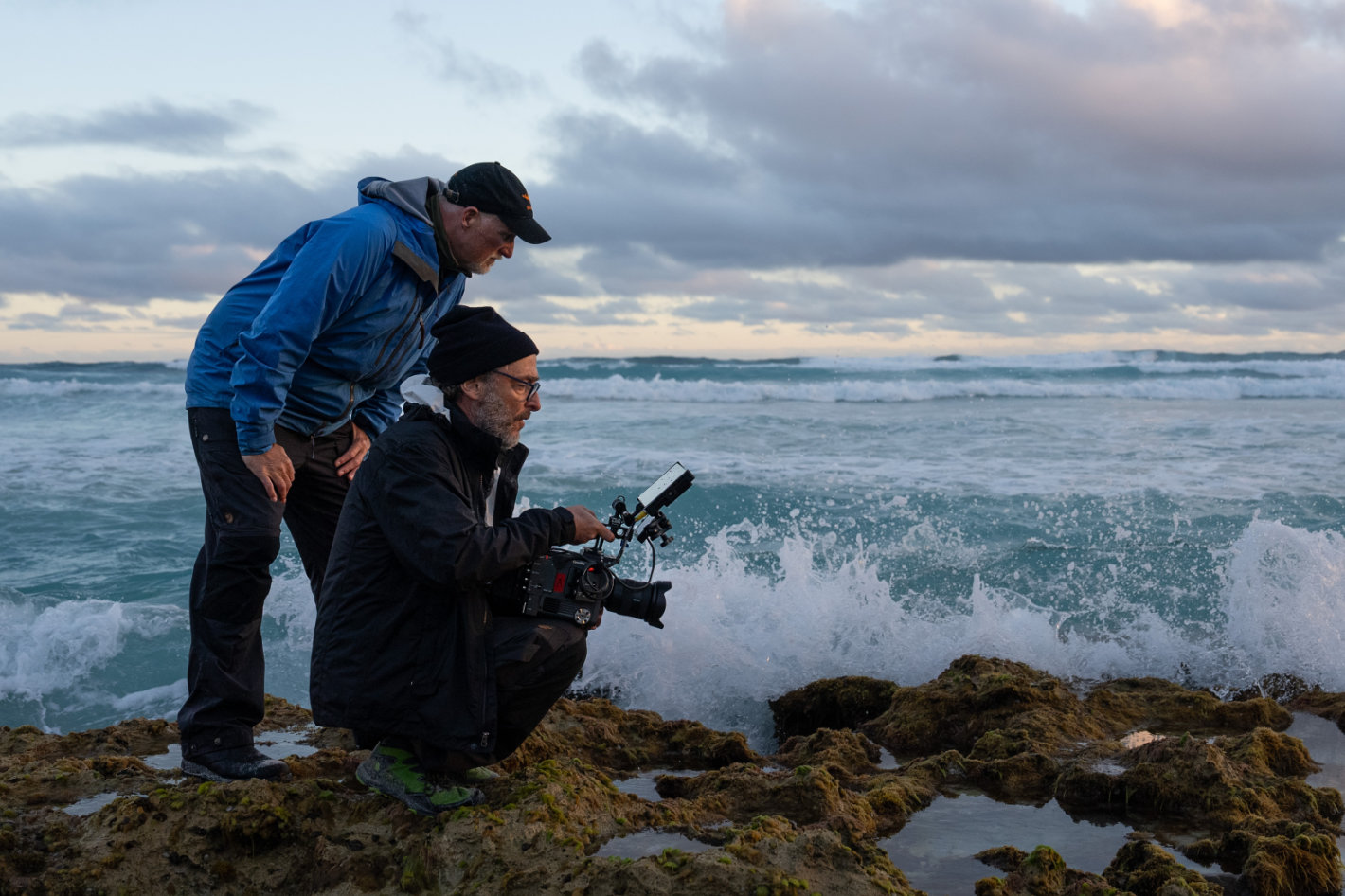
Here is another real-world story that helps both to promote a product and tells us something about the world around us. I’ve watched both the short film and the behind-the-scenes documentary, which you can see here, and I’ve one word of warning before you watch “the Knowing”: if you care about conservation of wildlife, get your Kleenex out!
So, let’s get to the story! Conservation photographers Cristina Mittermeier and Paul Nicklen, co-founders of SeaLegacy, and three-time Academy Award-winning cinematographer Emmanuel “Chivo” Lubezki traveled to Western Australia with Sony’s new digital cinema camera, the BURANO, to create an important film on the ocean and the future of the planet.
“Our planet is in real trouble, but we still have time. We must work together to prevent the loss of amazing species, like the Southern Right Whale,” says Mittermeier, a marine biologist and National Geographic explorer. “The Southern Right Whale is an endangered species, hunted to near extinction in the 19th century. Now, barely beginning to recover, this species faces a new threat: the changing ocean. From seismic blasting, entanglement, ocean pollution and ship strikes, these whales are navigating an uncertain future.”
To help tell this story, the filmmakers used the VENICE 2 but also the new Sony BURANO, a digital cinema camera that combines the image quality of the flagship VENICE camera system with the size and flexibility of a smaller camera – perfect for wildlife filmmakers or small crews. With its compact size and incredible image quality, the BURANO met their needs in low light settings, allowing the filmmakers to film the Southern Right Whale underwater with their newborn calves – showcasing the recovery of a species that was considered critically endangered just ten years ago.
“These gentle giants hold the key to mending our wounded planet,” adds Nicklen, also a marine biologist and National Geographic explorer. “They are nature’s solution to the environmental crisis threatening ecosystems worldwide. Whales offer a critical resource for reducing harmful levels of carbon in the atmosphere.”
The International Monetary Fund estimates that each great whale sequesters an average of 33 tons of carbon dioxide, taking that carbon out of the atmosphere for centuries. They also help produce phytoplankton, which reduces a significant amount of carbon dioxide for the environment.
Bringing together three of the world’s top filmmakers to the far reaches of the planet was no easy feat, but it was an opportunity that Lubezki did not want to pass up.
“I love and admire Cristina and Paul’s work and it was a great privilege to witness two wonderful storytellers joining forces with the shared commitment of saving our planet,” says Lubezki.
“Working on this project with Sony was incredibly meaningful,” says Mittermeier. “Conservation requires that we all participate, that we all do what we can to ensure that our planet and all of its creatures thrive. Sony is an important ally in this work.”
Being a good partner with the environment has long been a top priority for Sony.
“As part of Sony’s Road to Zero global environmental plan, we partner with content creators, non-profit organizations, and communities to raise awareness about the importance of conservation,” says Neal Manowitz, President and COO of Sony Electronics. “We are very thankful to be able to support incredible creative talents like Paul, Cristina and Chivo to tell vital stories about our planet and raise awareness for these critical issues.”
